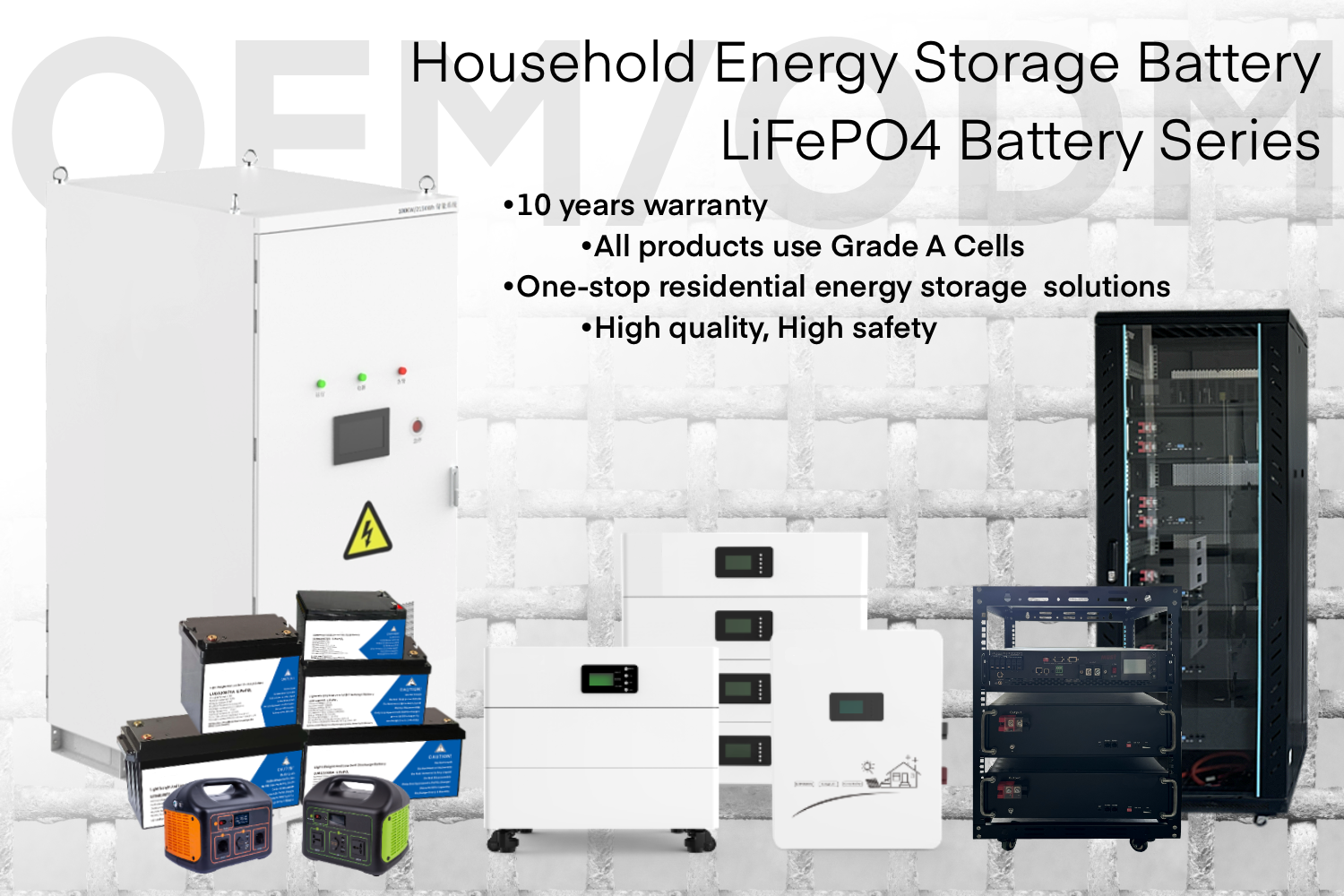2025/9/28
When it comes to energy storage solutions, the two most widely used technologies are lithium-ion batteries and lead-acid batteries. Both play a key role in residential, commercial, and industrial applications, but they differ significantly in terms of performance, cost, and long-term value. Understanding these differences is essential for distributors, EPC contractors, and overseas partners who are sourcing reliable storage systems.
1. Energy Density and Space Utilization
- Lithium-ion batteries provide higher energy density, meaning they can store more energy in a smaller and lighter package.
- Lead-acid batteries are bulkier and heavier, making them less space-efficient. For large-scale projects where installation space is limited, lithium batteries are usually preferred.
2. Cycle Life and Durability
- Lithium-ion batteries typically last 4,000–6,000 cycles or more, with stable performance even under deep discharge.
- Lead-acid batteries usually provide 1000–1,500 cycles, depending on design and usage. While reliable, they require more frequent replacement.
3. Efficiency and Performance
- Lithium batteries have round-trip efficiencies of 90–95%, minimizing energy loss and maximizing system output.
- Lead-acid batteries generally operate with 70–80% efficiency, which may reduce effectiveness in renewable energy applications such as solar storage.
4. Cost and Investment
- Lead-acid batteries offer a lower upfront cost, making them a traditional choice for projects with tight budgets.
- Lithium-ion batteries, although more expensive initially, provide long-term cost savings thanks to their longer life span and reduced maintenance.
5. Applications and Use Cases
- Lithium-ion batteries are now the mainstream choice for home energy storage systems, telecom base stations, and industrial backup power, where long life and high efficiency are critical.
- Lead-acid batteries remain widely used in UPS systems, automotive batteries, and low-cost backup solutions, thanks to their proven reliability and global availability.
Conclusion
Choosing between lithium-ion and lead-acid batteries depends on your project requirements, budget, and long-term goals. At Energynice, we provide both lithium and lead-acid solutions, with full OEM/ODM support, international certifications, and more than 30 years of manufacturing expertise. Whether you need 12V/2V lead-acid batteries or advanced 5–30kWh lithium storage systems, we deliver products that combine safety, quality, and performance.
Contact us today at energynice.com to discuss your energy storage needs and unlock the best solution for your market.

